Why This River is Considered One of the Most Contaminated U.S. Waterways
Published May 11 2023, 10:29 a.m. ET
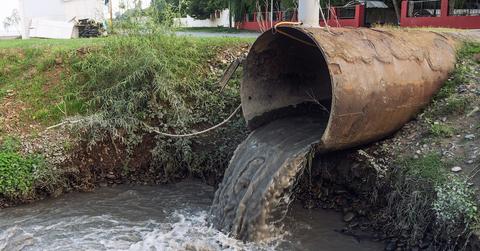
More than 50 years after the Clean Water Act was established in 1972, America’s rivers still face serious threats — including waste from industrial facilities, agricultural runoff, plastic pollution, and other contaminants. Although none of the rivers in the U.S. rank among the most polluted in the world, the Ohio River continues to top the list as the most polluted river in the U.S. based on toxic releases from the industrial sector.
However, many other U.S. rivers are also experiencing similar environmental hazards from toxic materials. So, what's causing the contamination, and what U.S. rivers are the most polluted?
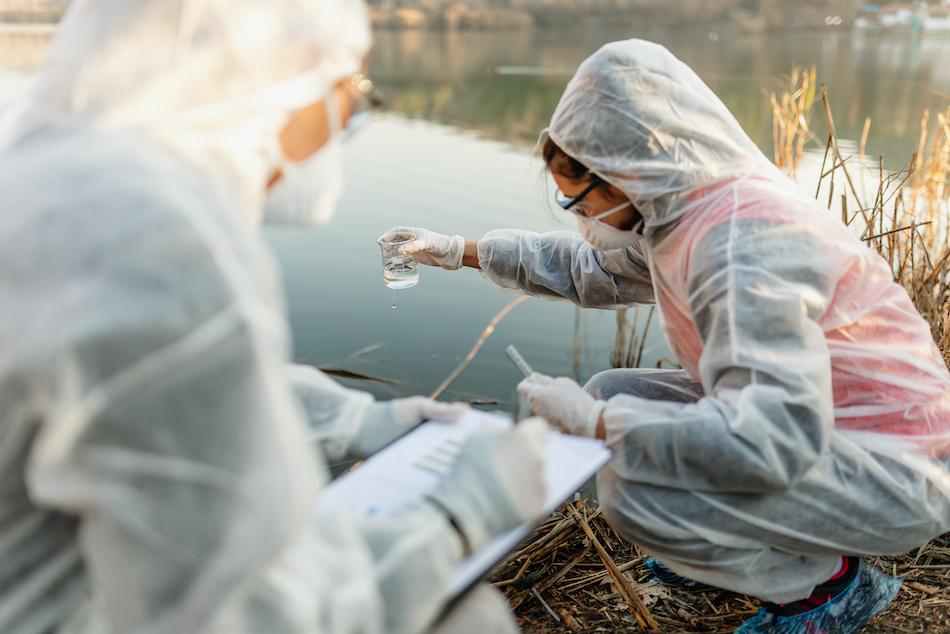
What kind of pollution is threatening U.S. rivers?
The EPA collects toxic release data from certain industries that are regulated under the Clean Water Act, and then issues the Toxic Release Inventory. In 2021, 196 million pounds of toxic substances were released into U.S. waterways from manufacturing, metal mining, electric power generation, chemical manufacturing, hazardous waste treatment, and other industrial sectors.
The industry with the highest rate of water pollution nationwide was food manufacturing, which accounted for 38 percent of the water releases — almost all of which was nitrate compounds, per the EPA. This nutrient pollution can increase algae production beyond what an ecosystem can process, leading to algae blooms that decrease oxygen levels which marine life need to survive.
In addition, a groundbreaking 2022 study by the Waterkeeper Alliance analyzed 114 waterways in the U.S., and 83 percent contained at least one type of PFAS (aka forever chemicals), which are linked to a growing number of health conditions.
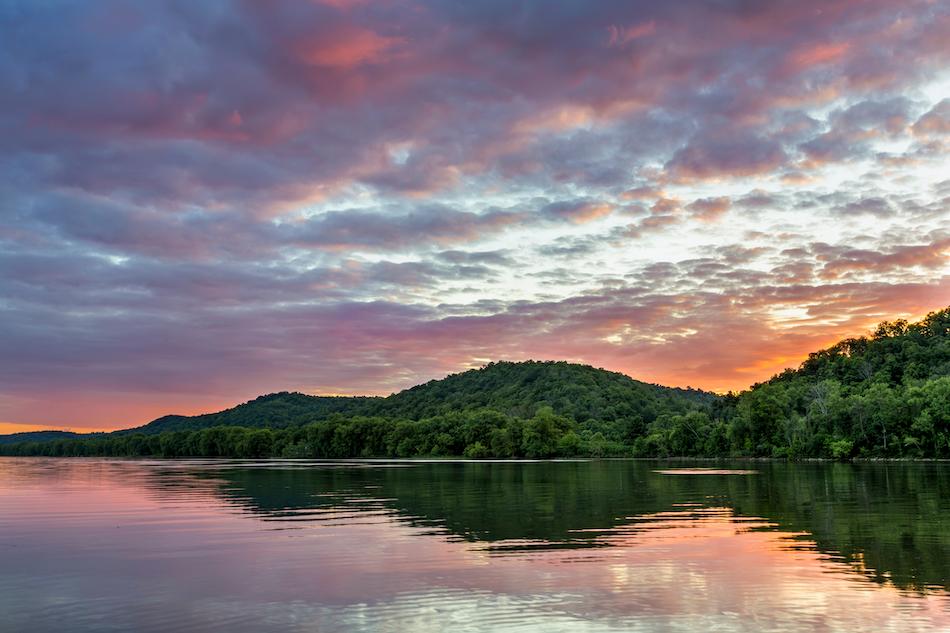
There are major pollution problems in the Ohio River.
Spanning 981 miles, the Ohio River begins in Pittsburgh, Pa., at the confluence of the Allegheny River and Monongahela River, and flows downstream to the Mississippi. The Ohio River also provides drinking water for 5 million people, and it’s also an area that’s rich in biodiversity, including the Ohio River Islands National Refuge, which includes 22 upland islands and protected underwater habitats.
The waterway crosses a large portion of Kentucky, Indiana, Ohio, and West Virginia, as well as some of Pennsylvania, making it a major shipping route for Rust Belt cities. Per the USDA, around 186 million tons of cargo transit the Ohio River annually, consisting primarily of industrial commodities like coal, crude materials, and petroleum.
Each year, the nonprofit American Rivers identifies top rivers in the U.S. that need to be protected, and in 2023, the group named the Ohio River as the second most endangered river in the U.S., primarily because of contamination. A 2019 article from the National Resource Defense Council highlighted several reasons for the increases in pollution, including fracking industry waste, a lack of regional oversight, environmental standards that fall short, and non-enforcement of existing regulations.
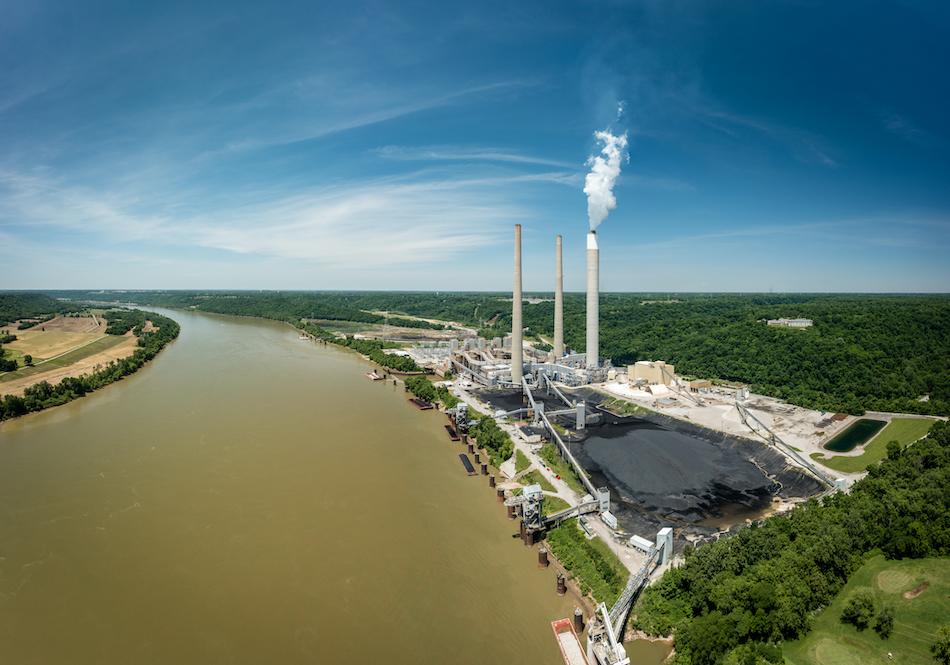
According to a report that analyzed the EPA’s Toxic Release Inventory, in 2020, more than 40 million pounds of toxic substances were released from industries into the Ohio River basin — the most of any major U.S. waterway. When the data was analyzed based on the toxicity of the chemicals released (versus the weight), the Ohio River, Great Lakes, and Texas-Gulf watershed regions had the largest releases.
The February 2023 train derailment in East Palestine, Ohio, put the river’s pollution into the spotlight, when a cargo train carrying dangerous toxins sent toxic materials into the Ohio River, per the Associated Press. Although cleanup efforts began almost immediately, according to The Washington Post, it’s estimated that more than 43,000 fish, crustaceans, and other marine life died in nearby streams as a result of the accident.
There are many other extremely polluted rivers in the U.S.
The Ohio River is not the only U.S. river that’s plagued by pollution. It’s estimated that half of waterways in the U.S. are too dirty to fish, swim, or drink. In fact, about 97 percent of the state of Delaware’s 1,104 miles waterways are listed as impaired for one or more uses (such as aquatic life, recreation, drinking, or fish consumption), per an eye-opening study by the Environmental Integrity Project.
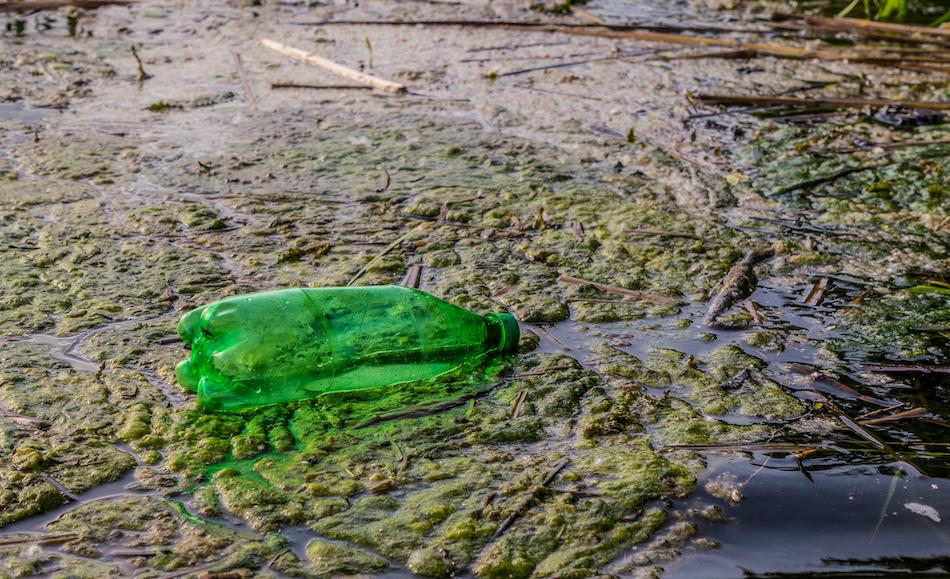
The iconic, Mighty Mississippi sees such high levels of nitrogen and phosphate pollution from agricultural runoff, that it creates an annual “Dead Zone” in the Gulf of Mexico where marine life can't survive. The 2021 dead zone spanned nearly 9,000 square miles (about the size of New Jersey), and was the second largest in the world, per the NOAA. Several environmental groups are looking to the upcoming 2023 Farm Bill to address issues with agricultural runoff that's contaminating the Mississippi.
Meanwhile, the New River, which flows north from Mexico into Calexico, Calif., is filled with raw sewage, industrial chemicals, and garbage — and has been for decades. In Sept. 2022, a $100 million bill to clean up the New River and Tijuana River — which is notorious for wastewater pollution — was vetoed by Governor Gavin Newsom, as reported by the California Globe.
However, there is hope on the horizon because the State Water Resources Control Board is investing $34 million into several projects to clean up the region, and the EPA committed $300 million in 2020 to help address the pollution issues in Tijuana.